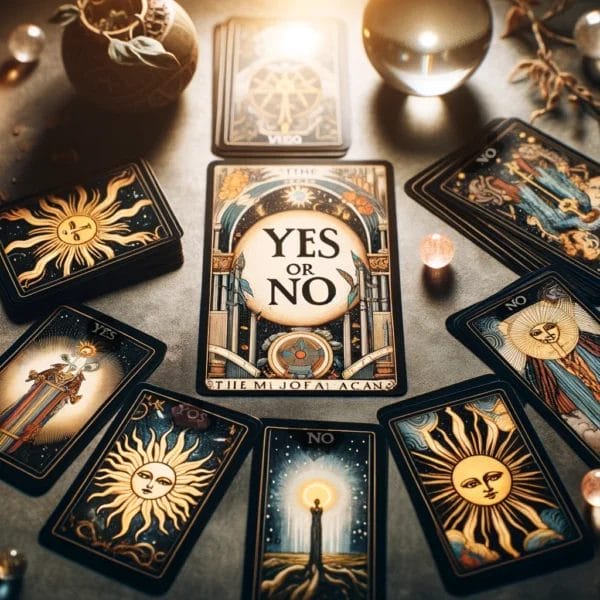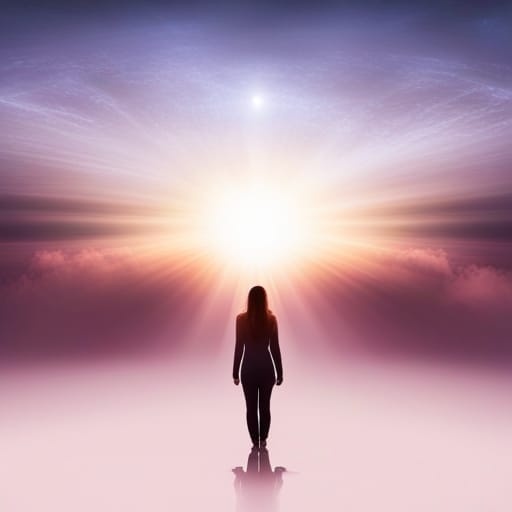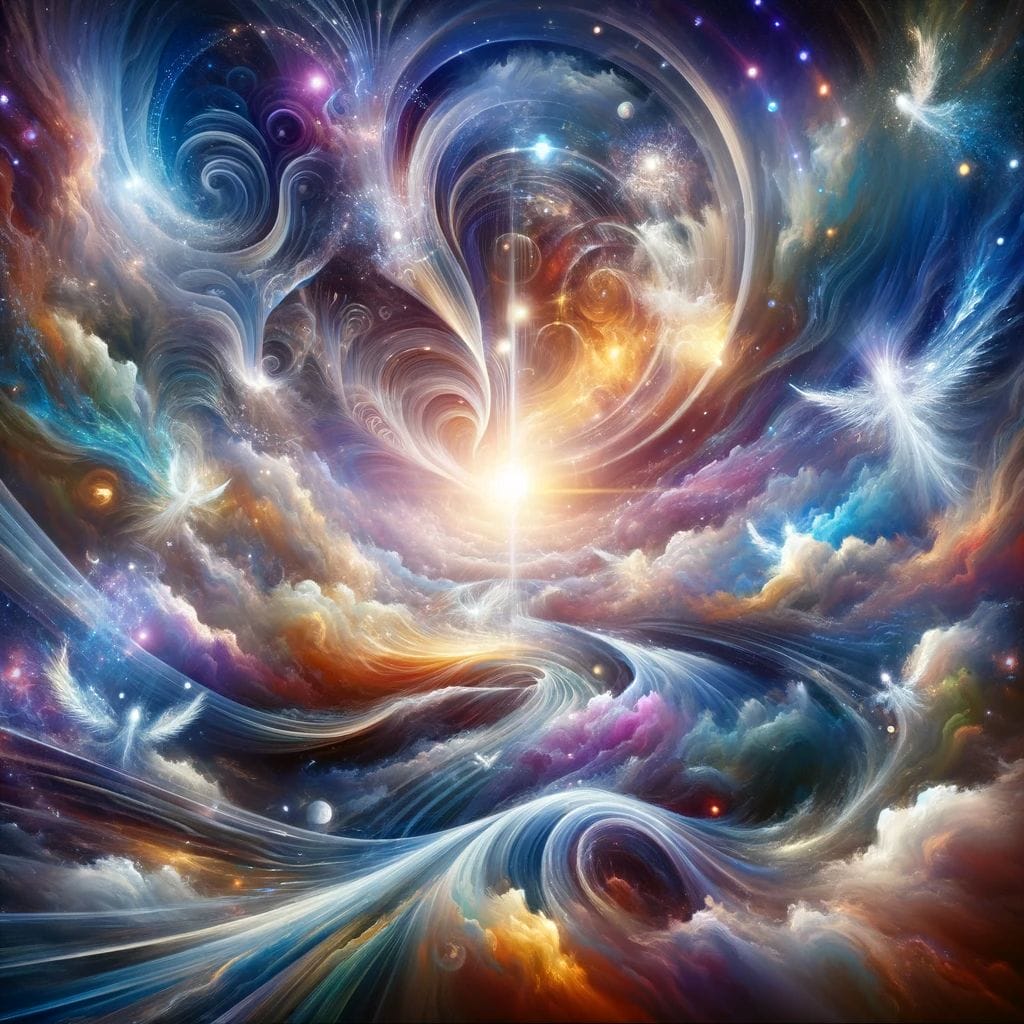Introduction
Have you ever noticed how certain colors make you feel a certain way? Maybe you feel calm and relaxed when you’re surrounded by blue, or energized and excited when you’re wearing red. The colors we see all around us have a profound impact on our emotions and behaviors, and understanding the psychological effects of color can help us better navigate the world. In this article, we’ll explore the fascinating world of color psychology and how it affects our daily lives.
The Science of Color Perception
The first step in understanding the psychological effects of color is to understand how our brains perceive color. Light enters our eyes and is processed by the brain, which then interprets that information as color. Different colors have different wavelengths and frequencies, which are perceived differently by our eyes and brains. This science behind color perception lays the foundation for understanding how colors affect us emotionally and psychologically.
The Psychology of Color
The psychological effects of color refer to the emotional and behavioral effects that different colors have on us. Here are a few examples of how different colors affect our moods and behaviors:
- Red: associated with passion, excitement, and danger. It can increase heart rate and stimulate the senses, making it a popular color in marketing and advertising.
- Blue: associated with trust, loyalty, and calmness. It can create a sense of relaxation and promote productivity, making it a popular color in offices and workplaces.
- Green: associated with growth, nature, and stability. It can create a sense of harmony and balance, making it a popular color in healthcare and wellness settings.
- Yellow: associated with happiness, optimism, and caution. It can create a sense of warmth and cheerfulness, making it a popular color in children’s products and marketing.
- Purple: associated with luxury, creativity, and spirituality. It can create a sense of sophistication and elegance, making it a popular color in high-end branding and marketing.
The Impact of Color on Marketing and Advertising
One of the most common applications of color psychology is in marketing and advertising. Companies use color to evoke specific emotions and behaviors in their customers, with the goal of creating a more favorable impression of their brand.


For example, fast-food restaurants often use red and yellow in their branding, as those colors can increase appetite and stimulate hunger. Financial institutions, on the other hand, use blue and green, as those colors create a sense of trust and stability.
The Role of Color in Interior Design
The psychological effects of color also play a role in interior design. The colors we choose for our home or workspace can impact our mood, energy, and productivity. For example, a bedroom painted in calming shades of blue or green can promote relaxation and sleep, while a kitchen painted in bold, bright colors can increase appetite and create a sense of energy and excitement.
Conclusion
The psychological effects of color are a fascinating field that can help us better understand the world. Whether we’re choosing colors for our home, our wardrobe, or our marketing materials, understanding the emotional and behavioral effects of color can help us make more informed choices. By paying attention to the colors we see every day, we can harness their power to create the emotional and psychological experiences we desire.














